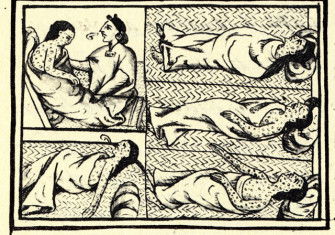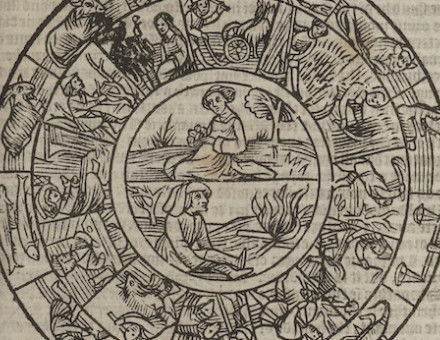The End of Smallpox
The smallpox vaccine was attacked by a widespread 19th-century anti-vax movement. Facing such hostility, how did smallpox become the first disease eradicated by immunisation?

Anyone asked to define ‘conscientious objector’ would undoubtedly describe someone refusing military service on religious or moral grounds. However, the term entered English Law in 1898 to describe those who risked fines and imprisonment for refusing vaccination for their children. We now refer to measles and polio vaccines and the prospect of AIDS vaccines as a matter of course, but a hundred years ago there was only one common human vaccine – that for smallpox – introduced in 1798 by Edward Jenner (1749-1823). In 1967 smallpox was targeted for eradication, an achievement officially certified in 1980. The surviving stocks of the smallpox virus are scheduled for destruction this year. This, then, is perhaps an appropriate moment to examine the varied impact, particularly in Britain, of what Macaulay called ‘the most terrible of all the ministers of death’.







